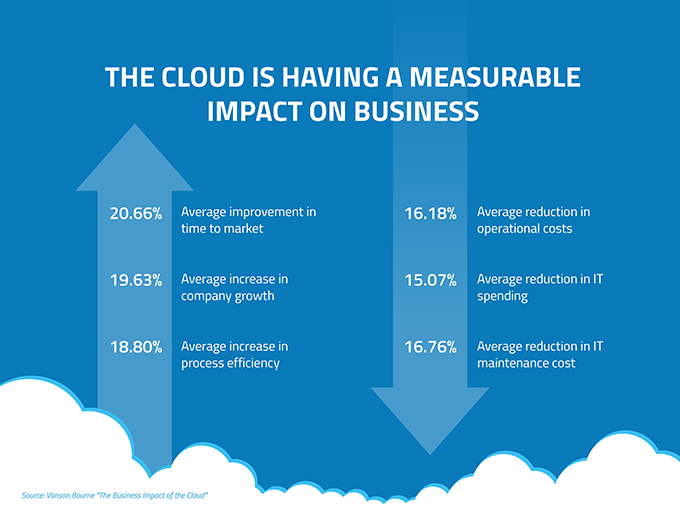
The Hidden Technology Behind Your Daily Activities
Think about the last time you checked your email, made an online purchase, updated your social media profile, or searched for oil and gas equipment. Without even realizing it, you were already taking advantage of the power of cloud computing. Cloud computing is a technology that enables users to access and use a wide range of hardware and software services through remote servers connected to the internet. Users can access data and applications on-demand from anywhere in the world, making it an ideal solution for businesses and individuals with diverse computing needs. Contrary to what the name suggests, it has nothing to do with the clouds in the sky. Instead, it refers to a network of data centers located around the world that store, manage, and process vast amounts of data. The term "cloud" comes from the cloud symbol used in flow charts and diagrams to represent the internet. This cloud symbol is used to depict the complex network of servers and infrastructure that make up the internet, which is the backbone of it all.
Evolution of technology Before the advent of cloud computing, businesses relied on various technologies to store, manage, and process data. In the early days of computing, businesses used mainframe computers to run their applications and store data. As the internet became more widely available, businesses began using web-based applications that could be accessed through a web browser. These applications were typically hosted on servers located on-premises, requiring businesses to invest in expensive hardware and software to manage their computing needs. Businesses still had to deal with the challenges of data backup, disaster recovery, and software upgrades, which could be time-consuming and costly. To address these issues, cloud computing was invented. It provides businesses with greater flexibility and scalability, and better data security and disaster recovery capabilities, allowing them to quickly provision resources to meet changing business needs. This eliminates the need for expensive on-premises infrastructure and simplifying many of the challenges of managing data and applications.
Why are businesses moving to cloud computing?While some businesses still rely on on-premises data centers, many are migrating to cloud computing due to several compelling reasons. The flexibility and scalability of cloud computing allow businesses to access and provision resources according to their current needs. Additionally, cloud computing offers better data security and disaster recovery capabilities compared to traditional data centers. Moreover, cloud computing provides businesses with the ability to easily integrate new technologies and tools into their existing infrastructure. This promotes innovation and enables businesses to stay competitive in an ever-evolving digital landscape. Finally, cloud computing also allows businesses to streamline their operations, automate their workflows, and increase their productivity, resulting in better business outcomes and improved customer satisfaction. All in all, cloud computing has transformed how we use technology in both personal and business settings, providing greater flexibility, scalability, and security. With continued advancements in cloud technology, it is not a bad idea to make the move to go all digital. The future of computing is in the cloud, and its potential is limitless.





